Slope Stabilization
- Soil nails, micropiles, and tiebacks to reinforce compromised slopes
- Shotcrete and mesh systems to hold surface materials in place
- Anchored drapes for long-term protection on steep faces
Debris flows are one of the most destructive geohazards we respond to. Triggered by intense rain, wildfire burn scars, snowmelt, or earthquakes, these fast-moving surges of mud, rock, and water can take out everything in their path—roads, bridges, utility corridors, and more.
Unlike slow-moving landslides, debris flows hit hard and fast. And once the first one hits, more are likely to follow—especially in unstable or fire-damaged terrain.
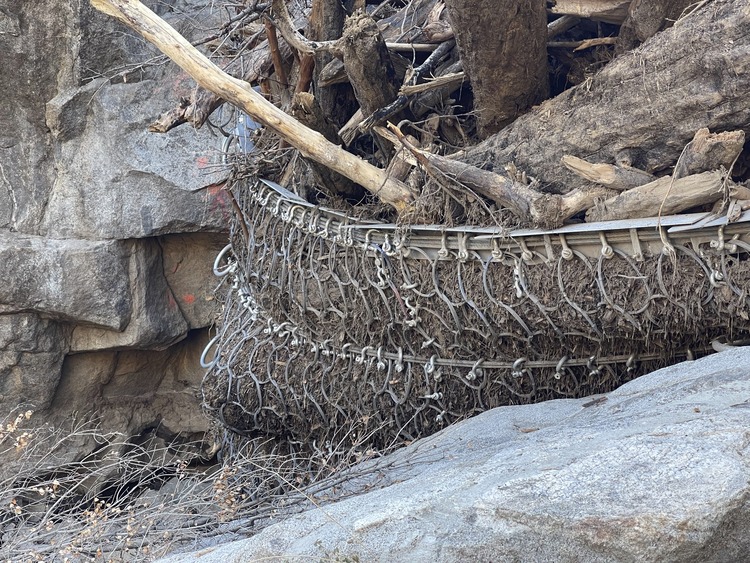
Debris flows are fast, heavy, and hard to predict. They can carry trees, boulders, and mud at speeds up to 35 mph—fast enough to overwhelm infrastructure and leave little time to react.
Here’s why they’re one of the most hazardous post-disaster threats we face in the field:
Debris flows can bury highways, rail corridors, and utility access roads under several feet of mud and rock, cutting off emergency responders and critical supply routes.
Fast-moving water and debris scours around bridge piers, culverts, and retaining structures. Over time—or in a single event—this can cause partial or total structural failure.
Once a debris flow occurs, the site often remains unstable. Without slope reinforcement and water control, more flows can follow—especially during back-to-back storms or after wildfires.
What looks like a simple blockage can hide voids, saturated soils, or compromised foundations underneath. Debris flow sites often need stabilization before crews or equipment can safely re-enter.
In burn scar areas, even moderate rainfall can trigger flows due to water-repellent soil and lack of vegetation. These zones remain high-risk for months or even years.
Access Limited deploys quickly after a debris flow event to clear the site, stabilize slopes, and protect assets from future movement. We operate in rugged, steep, or remote terrain where other crews can’t reach.
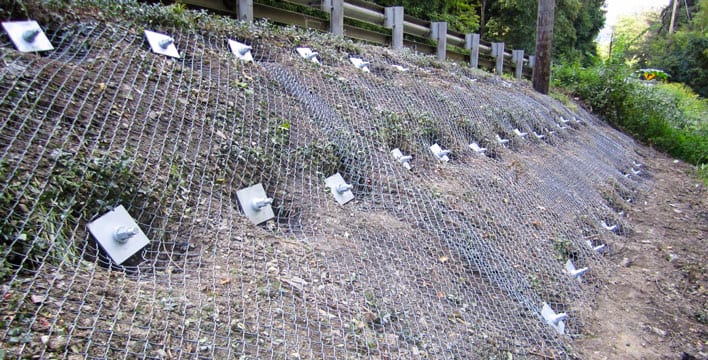
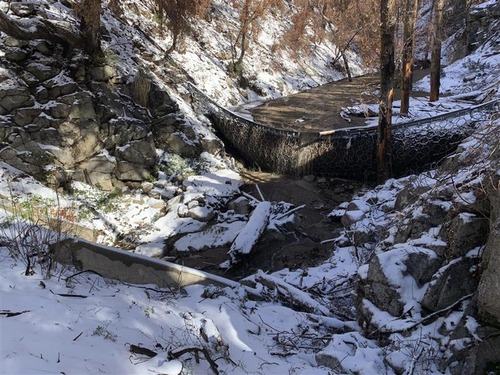
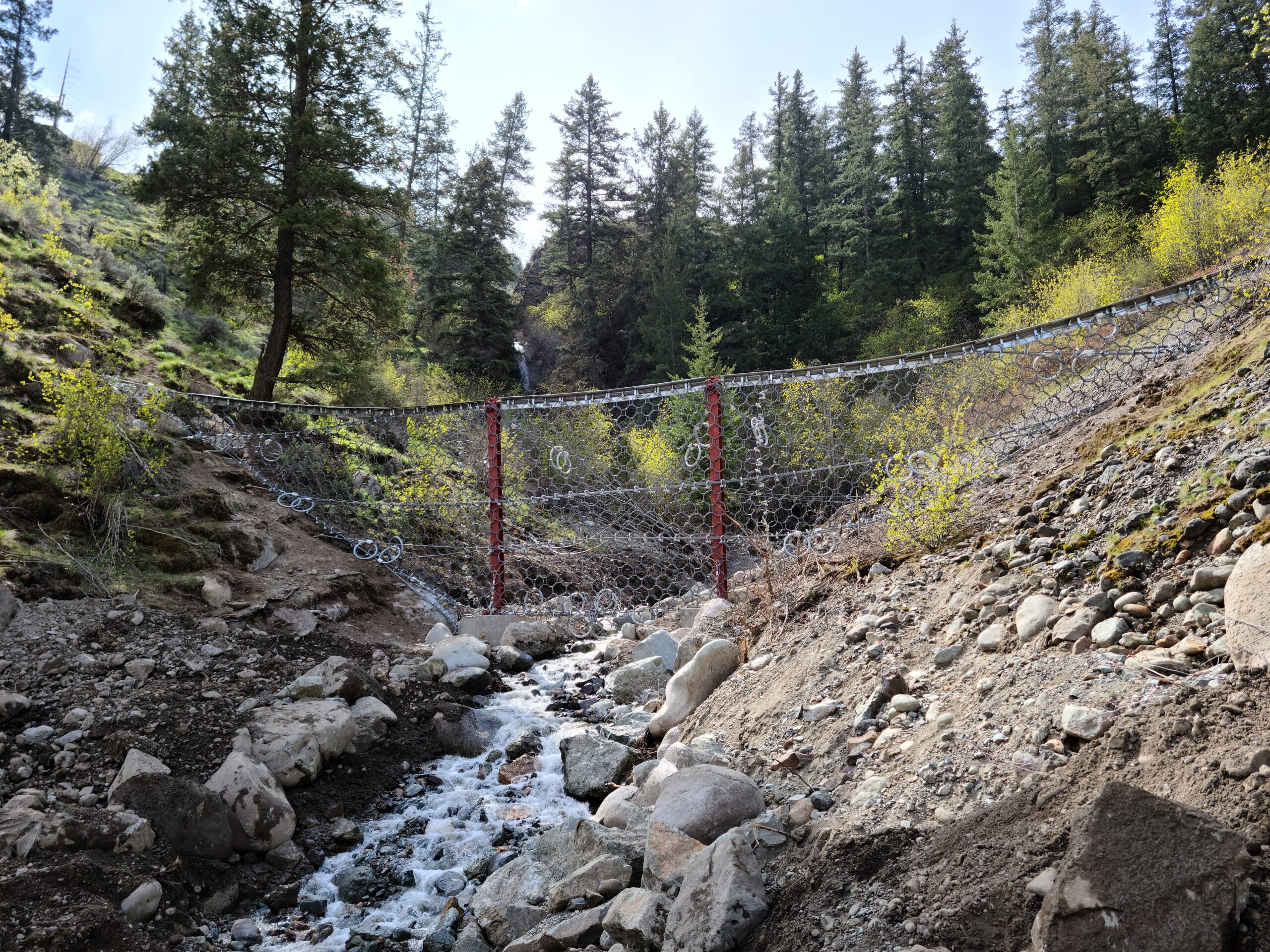

Clearing debris after a flow isn’t just about reopening the road—it’s about making the area safe for crews and preventing secondary failures. We deploy spider excavators, long-reach equipment, and rope-access teams to safely remove mud, rock, and debris from roads, rail lines, and utility corridors. Our rapid debris clearing capabilities are often the first step in a larger stabilization strategy.
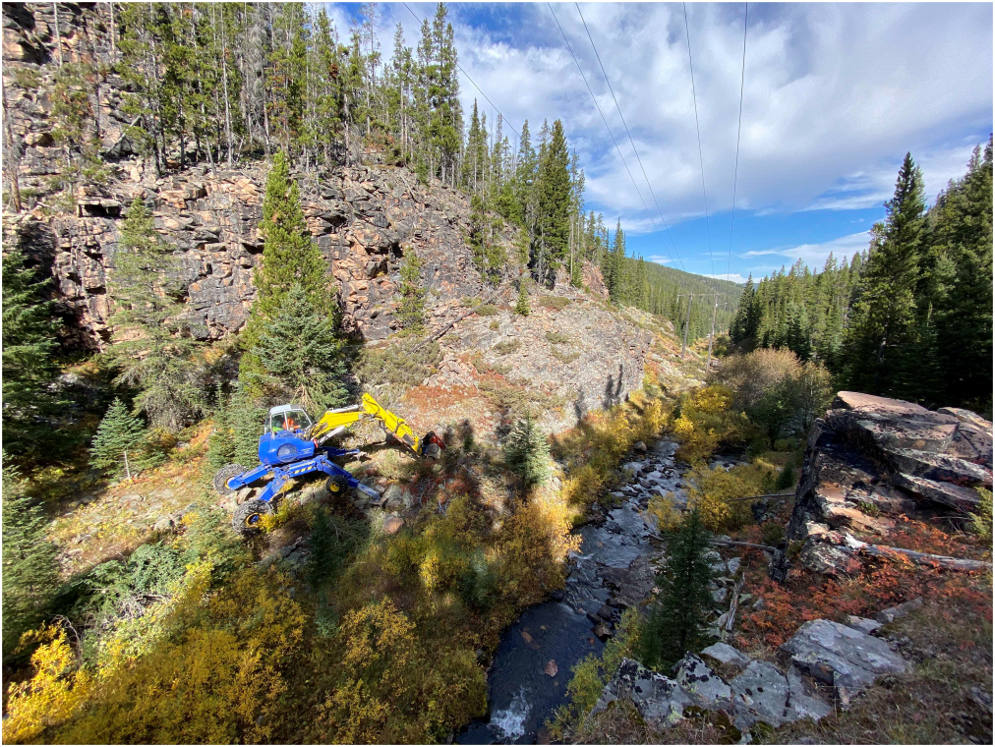
At Access Limited, we remain steadfast in our commitment to your recovery goals, offering our expertise and dedication in crafting a path toward renewal and resilience. If you are interested in a no-obligation site visit to determine if our services fit your needs, call us at 805.727.4310 or fill out our contact form.